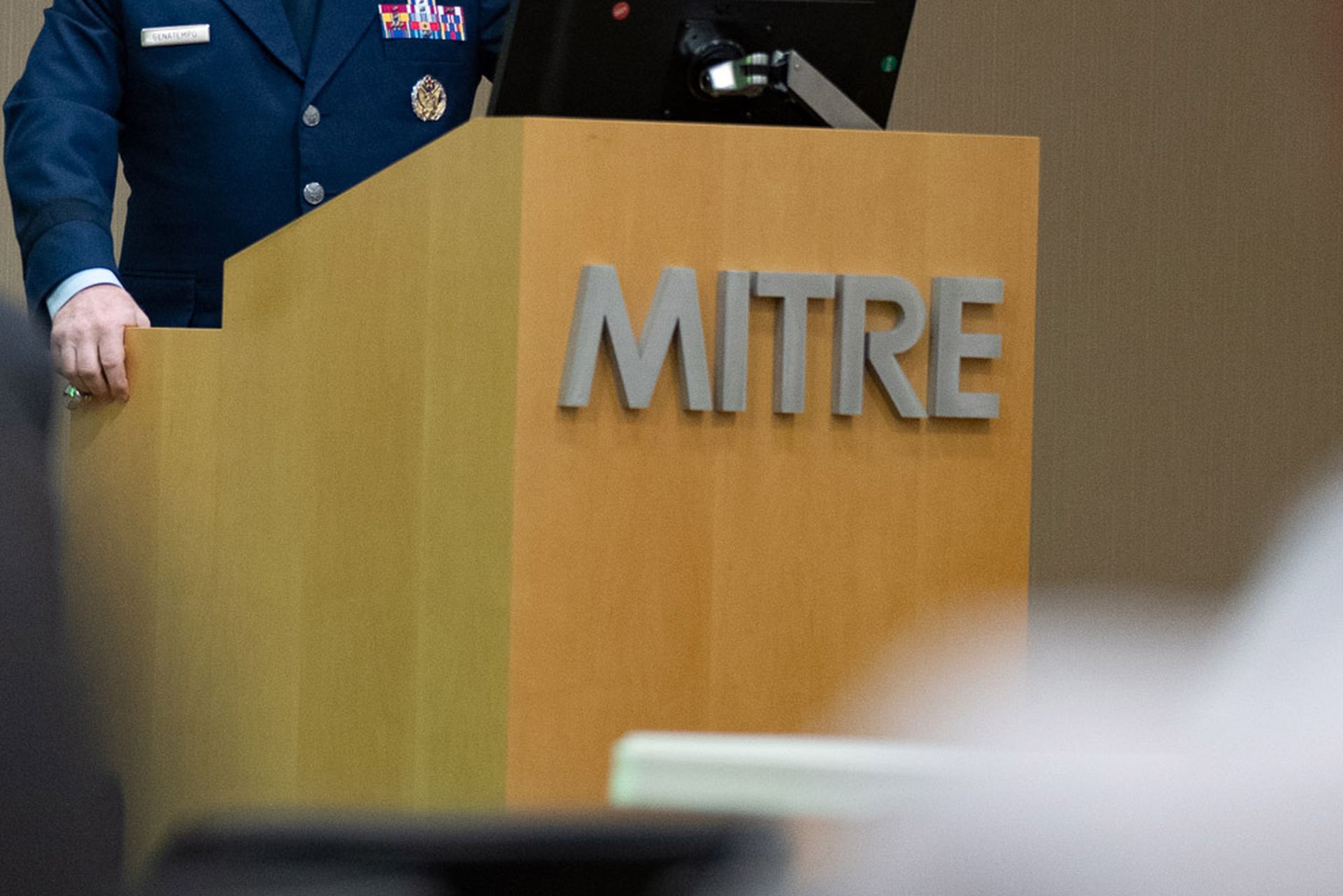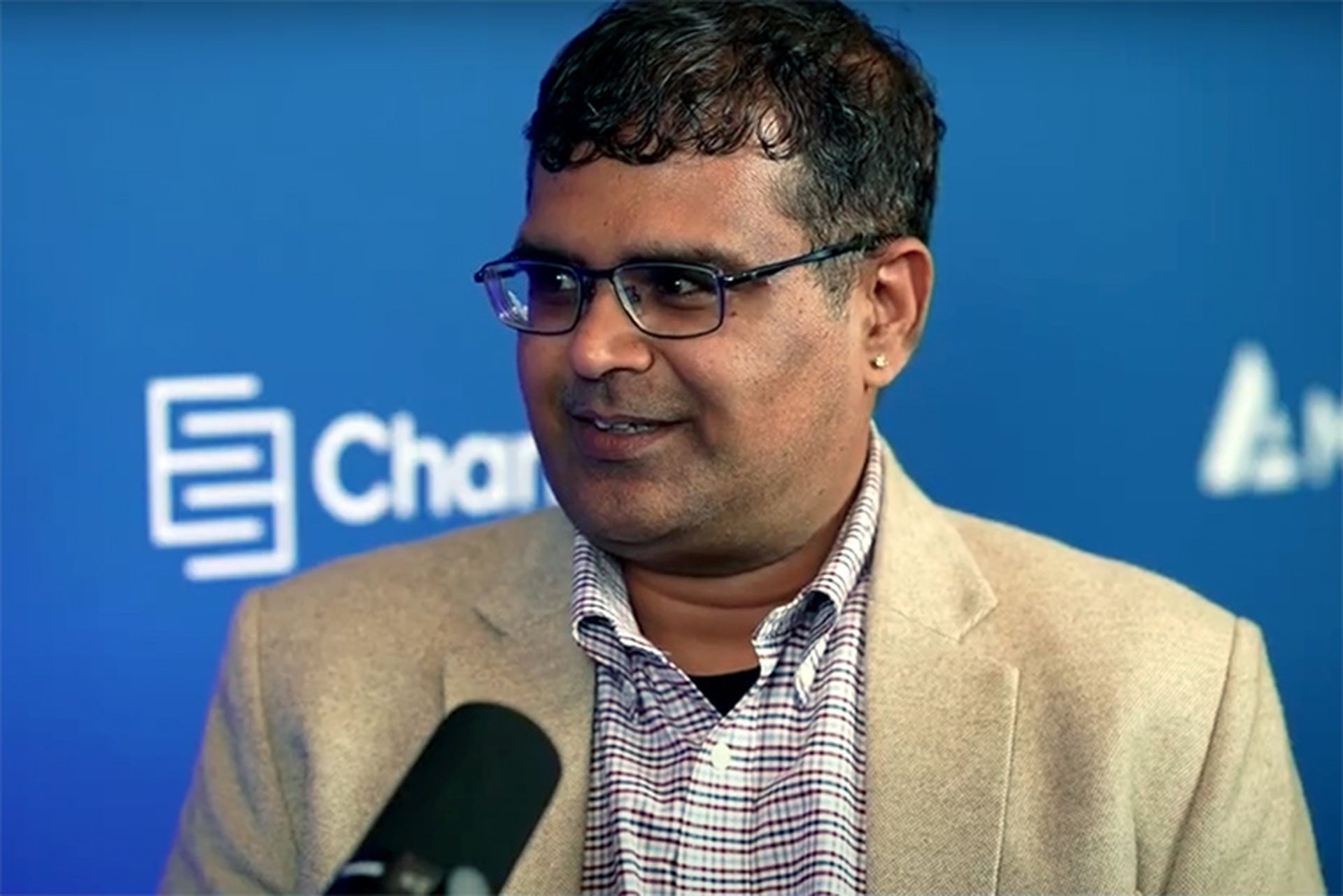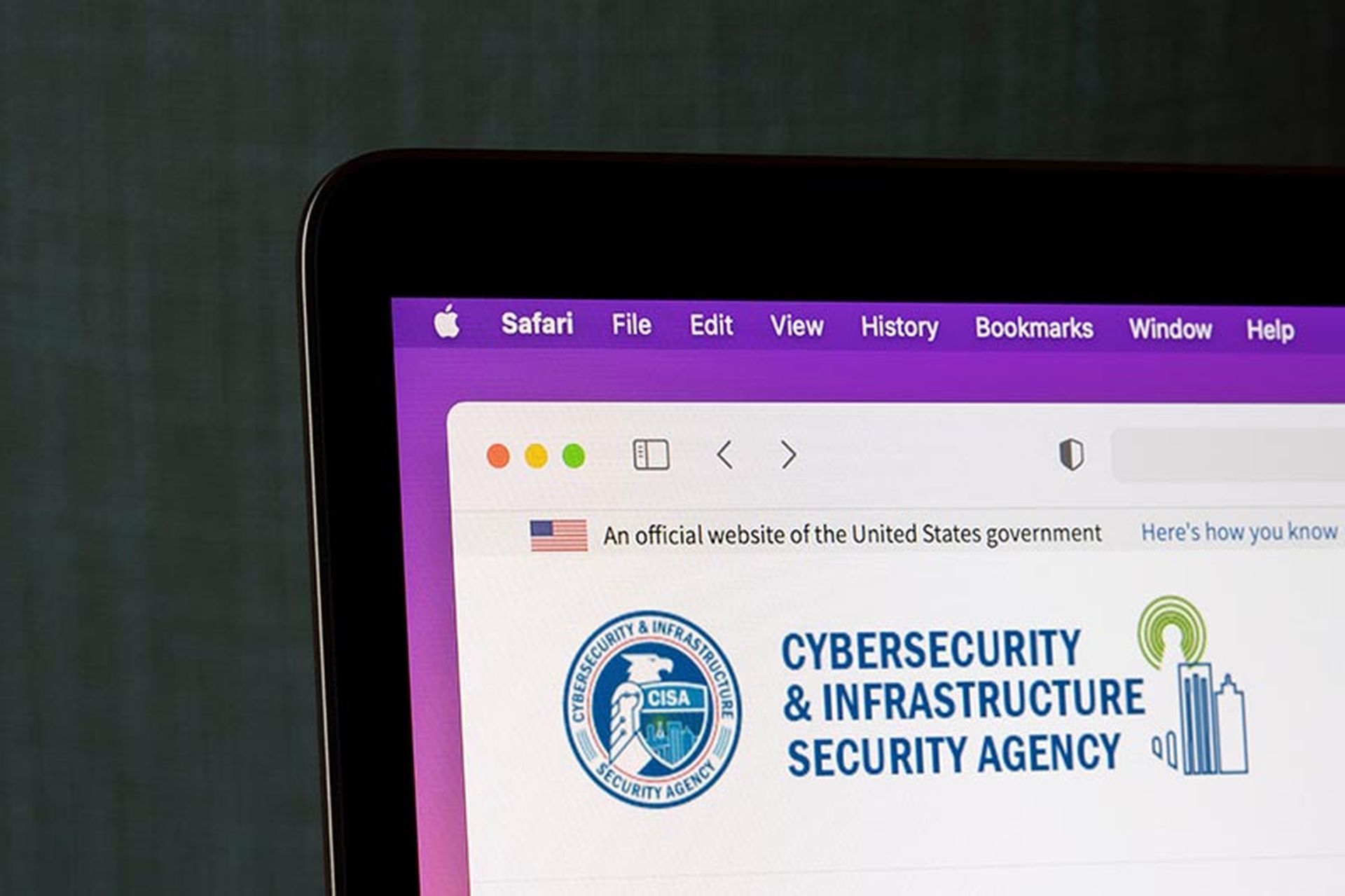COMMENTARY: The U.S. cybersecurity community earlier this week
narrowly avoided a disruption that most people outside the industry never heard of — but would have felt indirectly and immediately.
Just hours before the
expiration of federal funding, the Cybersecurity and Infrastructure Security Agency (CISA) extended the contract supporting the Common Vulnerabilities and Exposures (CVE) program to the MITRE Corporation.
[
SC Media Perspectives columns are written by a trusted community of SC Media cybersecurity subject matter experts. Read more Perspectives here.]
That extension averted a pause in the world’s primary vulnerability identification system. But the incident highlights a deeper concern: even on a good day, foundational cybersecurity infrastructure like the CVE program operates in an underfunded, overburdened, and structurally fragile manner.
As someone leading cyber threat intelligence and research at a managed detection and response (MDR) provider, here’s why this program matters so much to practitioners in operational security roles — and why even short lapses in its continuity can impact detection, response, and risk management.
What the CVE program does — and why it matters
The CVE program operated by MITRE and historically funded by the U.S. Department of Homeland Security, assigns unique identifiers — CVE IDs — to “known” software vulnerabilities. These identifiers form a global standard for naming and tracking vulnerabilities. Nearly every vulnerability advisory, security bulletin, threat intelligence report, and exploit database depends on CVE identifiers to deliver consistent references.
This level of consistency enables automation and coordination. When a critical flaw in Microsoft Exchange, for example, gets assigned a CVE, defenders across industries can immediately pivot to investigate indicators of compromise, deploy detection rules, or verify exposure based on a single shared identifier. Without that identifier, threat hunting becomes less reliable, vulnerability scans become harder to interpret, and intelligence loses precision.
The CVE program is not a nice-to-have: it’s core infrastructure for the entire cybersecurity ecosystem.
The role of CVEs in MDR and threat intelligence
Within MDR environments, CVE identifiers are used throughout the threat lifecycle. Detection engineers reference CVEs in writing rules for EDRs, SIEMs, and network monitoring tools. Incident response teams use them to communicate vulnerability context in real-time. Cyber threat intelligence analysts rely on CVEs as reference points for tracking adversary behavior across campaigns and linking TTPs to exploited software.
For example, when a CVE gets linked to active exploitation by a known threat actor — say, a CVE being used in phishing campaigns by an advanced persistent threat group — our teams must immediately triage affected client systems, validate indicators, and confirm patch availability. We need to make these decisions within hours, not days.
That kind of response isn't possible without a common, timely vulnerability reference system. If a CVE gets delayed, unavailable, or inconsistently used, it slows the entire process down — from detection to remediation to client communication.
The impact of even a short disruption
While the recent near-lapse in funding was ultimately resolved, the risk exposed was not hypothetical. A disruption to the CVE program — even a temporary one — would have immediate downstream effects:
Vulnerability disclosure pipelines would stall: Vendors typically wait for a CVE ID before releasing advisories or coordinating public disclosures. A delay in assignment means delays in patching.Automation would break: Vulnerability scanners, detection engines, and threat intelligence platforms rely on CVE lookups and integrations. A service pause would degrade detection coverage and create blind spots.Incident response would be slower and less accurate: Without CVEs, it's harder to match vulnerabilities to known exploitation activity. This affects triage speed and accuracy during active incidents.Threat intelligence loses fidelity: Correlating threat actor activity to specific vulnerabilities is central to attribution and understanding adversary behavior. CVE IDs are the link that allows for that mapping. In short, without CVE data flowing reliably, security operations become slower, less consistent, and more prone to error. This isn’t a theoretical risk — it’s operational friction that would immediately impact teams working in critical sectors, such as healthcare, financial services, energy, and the defense industry.
CVEs and vulnerability prioritization
The role CVEs play in vulnerability prioritization too often gets overlooked. Organizations today manage tens or hundreds of thousands of vulnerabilities across their environments. It’s neither feasible nor advisable to treat all vulnerabilities equally. Instead, we prioritize these bugs based on a combination of factors:
CVSS scores.Known exploitation in the wild, such as from CISA’s KEV list or commercial threat intel.Exploitability metrics, such as from the exploit prediction scoring system (EPSS).Business context and asset exposure. All of these signals are indexed to CVE identifiers. CVEs form the bond that ties risk data, threat intelligence, and asset context together. Without a timely CVE assignment, the prioritization engine grinds to a halt. Vulnerabilities may be unrecognized, unpatched, or under-prioritized — not because they aren’t dangerous, but because they’re effectively invisible in the workflow.
International context and strategic risk
Although the CVE program gets its funding by the U.S. government, it serves as a
de facto global standard. Its outputs are relied on by companies and governments across the world. But in recent years, the U.S. has begun to fall behind in vulnerability coordination compared to some of its geopolitical competitors.
China, for instance, maintains both the Chinese National Vulnerability Database (CNNVD) and the Chinese National Vulnerability Reporting Platform (CNVD). These platforms are tightly integrated into the state’s broader cyber ecosystem. They let Chinese authorities process disclosures centrally and potentially withhold or delay public publication for strategic purposes.
The possibility of the U.S. CVE Program faltering — either through funding issues or governance limitations — creates a strategic gap. Without resilient and transparent vulnerability coordination infrastructure, the U.S. and its allies risk losing visibility and influence over how vulnerability intelligence gets processed and shared globally.
A more fragmented ecosystem could lead to delays in detection, inconsistent disclosure standards, and increased risk of vulnerability hoarding or
misuse by nation-states.
Toward a more sustainable model
Recognizing these risks, members of the CVE Board recently announced the creation of the CVE Foundation — a nonprofit initiative aimed at supporting the long-term sustainability and neutrality of the program.
This represents a positive step forward. Foundations have long served as stabilizing forces in open-source and security communities, ensuring independence, transparency, and multi-stakeholder governance.
But financial support from the security industry alone will not solve all the issues. The broader security community — including commercial beneficiaries of CVE data — must step up as well. Cloud providers, software vendors, MSSPs, and large enterprises all rely on the CVE program for everything from patch management to threat intelligence. Supporting its continuity does not just represent a policy issue: it’s a business-critical risk management decision.
Please don’t think of the CVE program as merely an administrative catalog. It’s a critical enabler of vulnerability management, threat detection, and coordinated defense. For those of us working in threat intelligence and response, it’s embedded into nearly every step we take to protect organizations against cyber threats.
Those of us who do this work every day must treat the recent funding scare as a wake-up call — not just to ensure continued operation of the program, but to invest in its resilience, transparency, and governance. In a world where adversaries are accelerating their use of software flaws as entry points, we have to make our response just as coordinated.
Without a reliable CVE infrastructure, we lose not only efficiency — but time. And in today's AI-infused cyber threat landscape, mere seconds can make the difference between detection and compromise.
Callie Guenther, senior manager, cyber threat research, Critical StartSC Media Perspectives columns are written by a trusted community of SC Media cybersecurity subject matter experts. Each contribution has a goal of bringing a unique voice to important cybersecurity topics. Content strives to be of the highest quality, objective and non-commercial.







